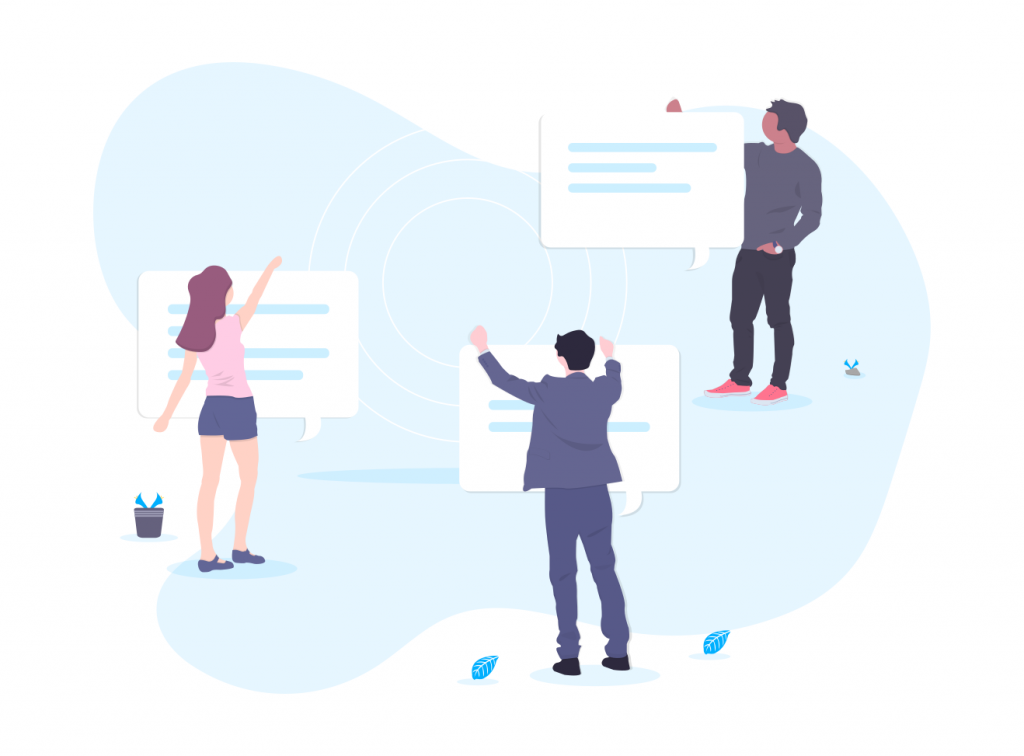
As the modern workplace continues to evolve to meet the demands and desires of our industries and workforce, we see ourselves taking on a variety of different roles. The average worker’s breadth of knowledge continues to grow and, because of this, the divisions within a company begin to blur.
For example, while your official title may be one thing, you may also take on secondary roles in a different field.
This is particularly true in smaller companies, and the juggling of different tasks requires a wide array of different apps and mentalities in order to do work. Additionally, our connection to computers and technology has increased to a point where it sometimes feels like we are just completing a circuit. This presents challenges that can stagnate an individual or team’s efficiency.
Context Switching: The Hidden Killer of Productivity

One of the largest threats to efficiency in the modern workplace is context switching. As mentioned before, we’ve become used to filling a number of roles in our day-to-day work. Because of this, we are more used to switching from task to task and app to app on the fly.
Context Switching refers to the act of changing gears, or going from one context to another.
This also applies to stopping work to look at your phone and check what pictures your friends posted in the last half hour.
While our breadth of knowledge may have increased, the same cannot be said about our attention span. We tend to invite distraction to remain constantly stimulated. It’s just the way that we are.
Why is context switching a problem?
There is nothing inherently wrong with context switching. In fact, some amount of context switching is necessary in our daily lives. However, it does have the potential to have a large negative impact on worker productivity.
Research says context switching can cost up to 40% of your time (one to three hours of an eight-hour work day).
To put this into perspective for the number savvy, just 15 minutes of productivity per day for 10 million people (0.14% of the world’s population) equals 625 million productive hours per year, or $10.6 billion of additional productivity based on a median hourly wage of $17.00 per hour.
That’s over a trillion dollars lost per year due to context switching.
How does that happen?
Every time you switch tasks, you create a gap in productivity. This is caused by the simple act of switching from one context to another. Your brain needs time to adjust.
Things get even more complicated after adding the human element into the equation. Before switching tasks, we have already started to think about what we are about to next do rather than what we are currently working on. Also, after moving on to the new task, our mind isn’t all there, either. This causes a period of distraction within both of the jobs at hand.
Add other factors like social media or normal bodily functions into the mix, and the drag on productivity increases. The momentary lull in activity presents a perfect window for you to pick up your phone, or wander down to the break room to get coffee, or have a fun conversation with coworkers.
Long story short, context switching not only costs us productivity on a neurological level, it is also just never as quick as moving from one task to another. Additional complications come with the simple act of switching from one window to another on our laptops. And if we introduce a third or fourth task into the mix, the level of inefficiency goes up exponentially.
This leads to a point where the time spent context switching is greater than the time spent actually doing work.
Ways to Reduce Context Switching

Now that we’ve established what a big problem context switching is, what are some solutions?
Schedule Smart
Scheduling yourself or your team in a way that focuses on one task at a time is another obvious way to cut down on context switching. The work done in a business is like working out at the gym. In order to get the full effects of an exercise, you have to repeat it for a certain period of time. There is no benefit to absent-mindedly switching machines, moving from pectorals to quads to abs. Real work gets done only when your focus is directed at a specific task.
So how do you schedule smart?
One way is to have certain tasks and responsibilities assigned to specific days, or periods of the day. For example, if an employee has both project management and customer relations responsibilities, make sure these jobs have time specifically carved out so that they will receive the attention and focus that they deserve. This can be tracked on a calendar to communicate it to the team and remove any confusion.
Engage With Specificity
One way we can increase efficiency through less context switching is by engaging with people with more specificity.
For instance, most workday communication doesn’t need everyone’s response. If you’re in a group chat, use the “@” function to single out individual users. They will receive a notification that their username has been used and a response is required. This will vastly cut back on the amount of time a team spends looking at non-related information.
A private message accomplishes the same goal. If the topic at hand does not require all hands on deck, reach out directly to save everyone else the disturbance.
Use Technology
Technology is a double-edged sword. When used incorrectly, it causes context switching. When used intentionally, technology reduces the friction caused by switching from app to app and improves workflow. This results in a better performing team and higher productivity.
There are variety of new productivity apps being launched that help users work in context. But we’re going to talk about AirSend because it’s something that we know inside-out.
With AirSend, we built a new way to have conversations, organize and share files, and complete your to-do lists. Since your entire business (clients, files, conversations) is all in one place, there is much less context switching. We use it to run our marketing team, and find that it makes work easier. It does so through several features.
Private Channels
Each client or team has a private channel where you can send messages, share files, keep notes, and assign and complete actions. That means that you don’t have to switch from app to app since everything is right there.
File Management
The problem with apps like Slack or Dropbox is that they’re either lacking the conversation side of things or advanced file management capabilities. AirSend combines easy messaging with a powerful file management system – further reducing context friction.
Built-in Wiki
A Wiki built-in to each channel lets clients or team members have access to important information so you don’t have to expend extra effort keeping everyone on the same page.
AirSend was built specifically to solve the problem of context switching, its features reduce work context switching in a way that no other application does at the moment. You can find out more about AirSend here.
People Are Not Computers

As we move towards a more immersive work environment where all our tasks are done using a laptop or our phones, we must learn how to better organize ourselves to prevent getting bogged down by data and distraction.
Working closely with computers highlights some key differences in our cognitive abilities. While a computer can work tirelessly at multiple tasks simultaneously, we humans thrive when our attention is spent on one task at a time. Because of this, we need to structure our workplace and habits to limit context switching. We can do this by upping our communication game, scheduling with strategy, and implementing technology built for the purpose of reducing context friction.
If we implement these tactics in our battle against context switching, we can increase productivity beyond what we previously imagined possible.